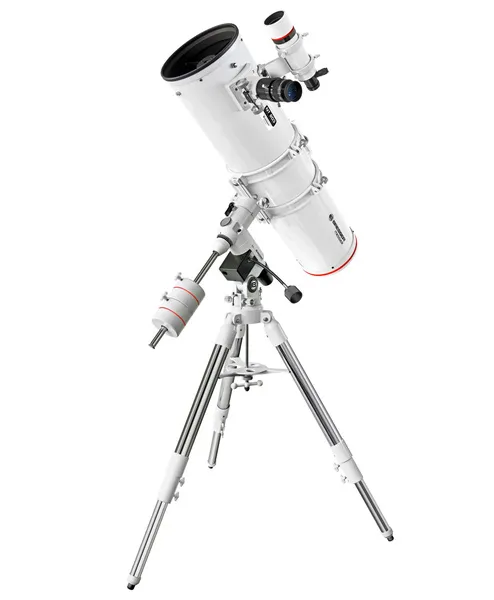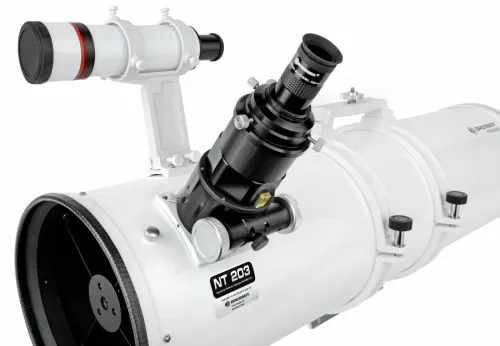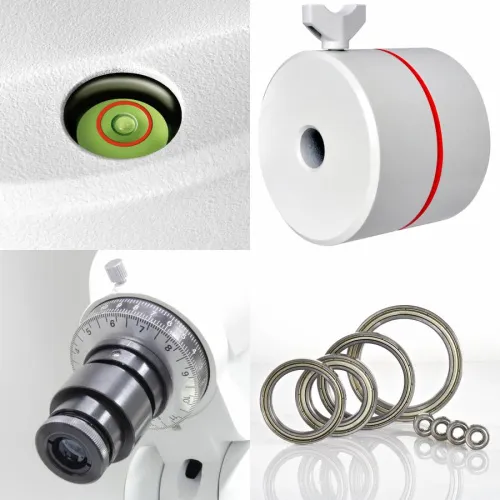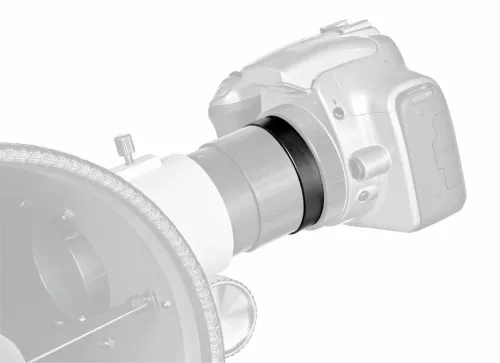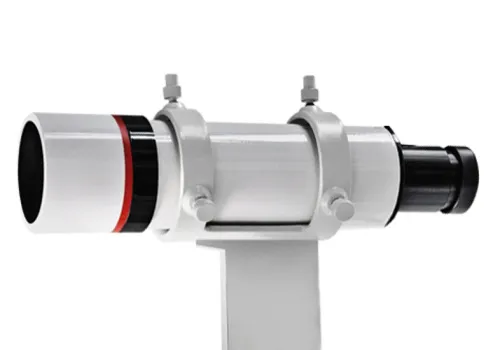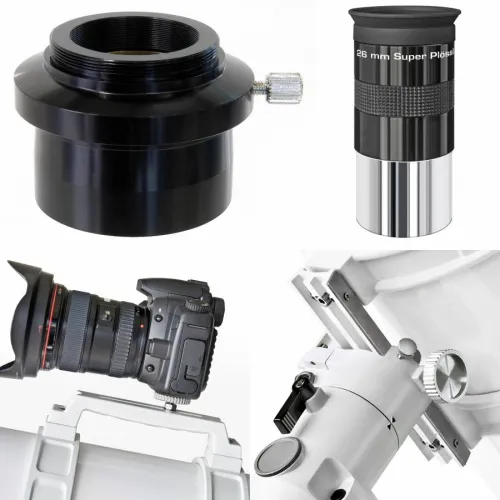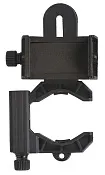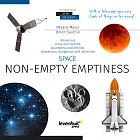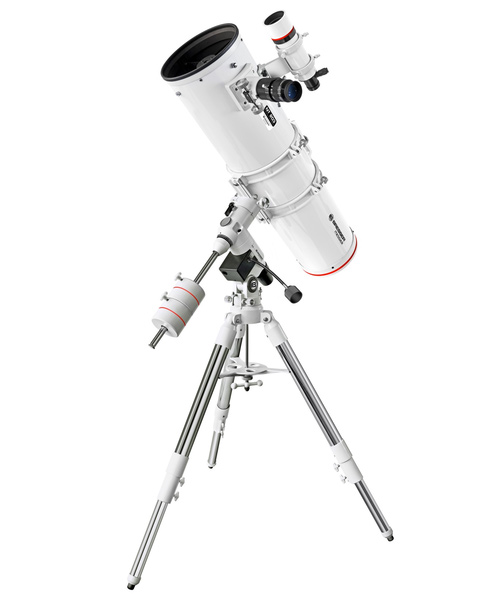Bresser Messier NT-203/1000 EXOS-2/EQ5 Telescope
Newtonian telescope with stable mount. Aperture: 203mm. Focal length: 1000mm
| Product ID | 34757 |
| Brand | Bresser GmbH, Germany |
| Warranty | 2 years |
| EAN | 4007922199375 |
| Package size (LxWxH) | 123x65x54 cm |
| Shipping Weight | 41 kg |
The Bresser Messier NT-203 with a parabolic main mirror provides you with images that a few years ago were impossible in this price class. Modern production technology lets you track the shadows of Jupiter's moons on the planet; the amount of structure and details on the surface of the planet is breathtaking. But the Messier NT-203 is not only great for planetary work: Detect details in faint distant galaxies and let the glow of nebulae take you to a journey into the depth of the Milky Way. The Messier NT-203 provides you with images from the remains of giant exploded stars and gives you a view into the nursery of new stars. Let this big scope take you away to the beauty of the universe!
Please note: Reflector telescopes with optical design “Newton” are very good for astronomical observing at the starry night sky. But these telescopes are not well usable for observing landscape and nature during daylight. Therefore we suggest Bresser refractor (lens) telescopes for landscape and nature observing.
Features:
- High end Hexafoc-focuser with 2,5" free inner diameter
- Ball beared axes (RA / DEC) and worm gears for smooth and precise tracking
- Diffraction limited optics with parabolic main mirror
- Adjustable polar finder scope with optional illumination
- Bubble level for easy tripod setup
- 8x50 straight through viewfinder with reticle
- Optimized finder socket for comfortable use
- Cradle rings with handle and integrated piggyback camera holder (1/4" thread)
- Dovetail plate with stainless steel rail
- 50.8mm (2") to 31.7mm (1,25") adapter with integrated T2 thread (T2-adapter ring for your camera is needed)
The kit includes:
- Telescope
- 26mm Super Plössl eyepiece (31.7mm / 1.25")
- Integrated 31.7mm and T2 adapter
- Adapter for 50.8mm (2")
- Mounting ring (for EXOS and LXD-75)
- Handle with camera holder
- 8x50 Viewfinder
- Adjustable polar finder scope with optional illumination
- Astronomy PC software Stellarium
- Rotatable star map
- EXOS 2 German equatorial mount with stainless steel tube field tripod
| Product ID | 34757 |
| Brand | Bresser GmbH, Germany |
| Warranty | 2 years |
| EAN | 4007922199375 |
| Package size (LxWxH) | 123x65x54 cm |
| Shipping Weight | 41 kg |
| Optical design | reflector |
| Optical scheme | Newtonian |
| Primary mirror diameter (aperture), mm | 203 |
| Secondary mirror diameter, mm | 60 |
| Focal length, mm | 1000 |
| Lowest practical power, x | 36 |
| Highest practical power, x | 400 |
| Aperture ratio | f/6 |
| Resolution threshold, arcseconds | 0.86 |
| Eyepiece barrel diameter, in | 1.25 |
| Finderscope | optical, 8x50 (with reticle illumination) |
| Focuser | 2.5" Hexafoc |
| Tripod | steel |
| Telescope control | manual |
| Mount | equatorial |
| Pole finder | ✓ |
| Optical tube mounting mode | dovetail plate, 1/4" thread |
| Optical tube material | aluminum |
| User level | experienced users |
| Observed object | deep-sky objects |
Convenient diagrams that describe how to install additional accessories on refractors and catadioptric telescopes
Find out how to assemble a telescope on an example of the Levenhuk Skyline 90x900 EQ telescope
This short guide will help you avoid typical mistakes and learn more about telescope and mounting types
The basics of astronomical observations for beginners
In this article we have gathered answers to some of the most frequently asked questions about telescopes
How telescopes work?
You can actually perform observations from your balcony!
All about telescope sizes, types, magnification, and mounts
Learn how to set up and use the telescope properly
Astronomy in light-polluted skies. Find out what you can observe in the city
Read an interesting comprehensive article on telescopes for little astronomers
Celestial objects you can observe with telescopes of different apertures
Colored and vivid images of galaxies, planets and star clusters entrance everyone who is fascinated by boundless space
Find an interesting review on the history of the changes to a refracting telescope
To make the process of choosing a telescope easier, we will tell you about the characteristics of the most popular types of telescopes today
Learn everything you need to know about refractor telescopes to make the right choice

